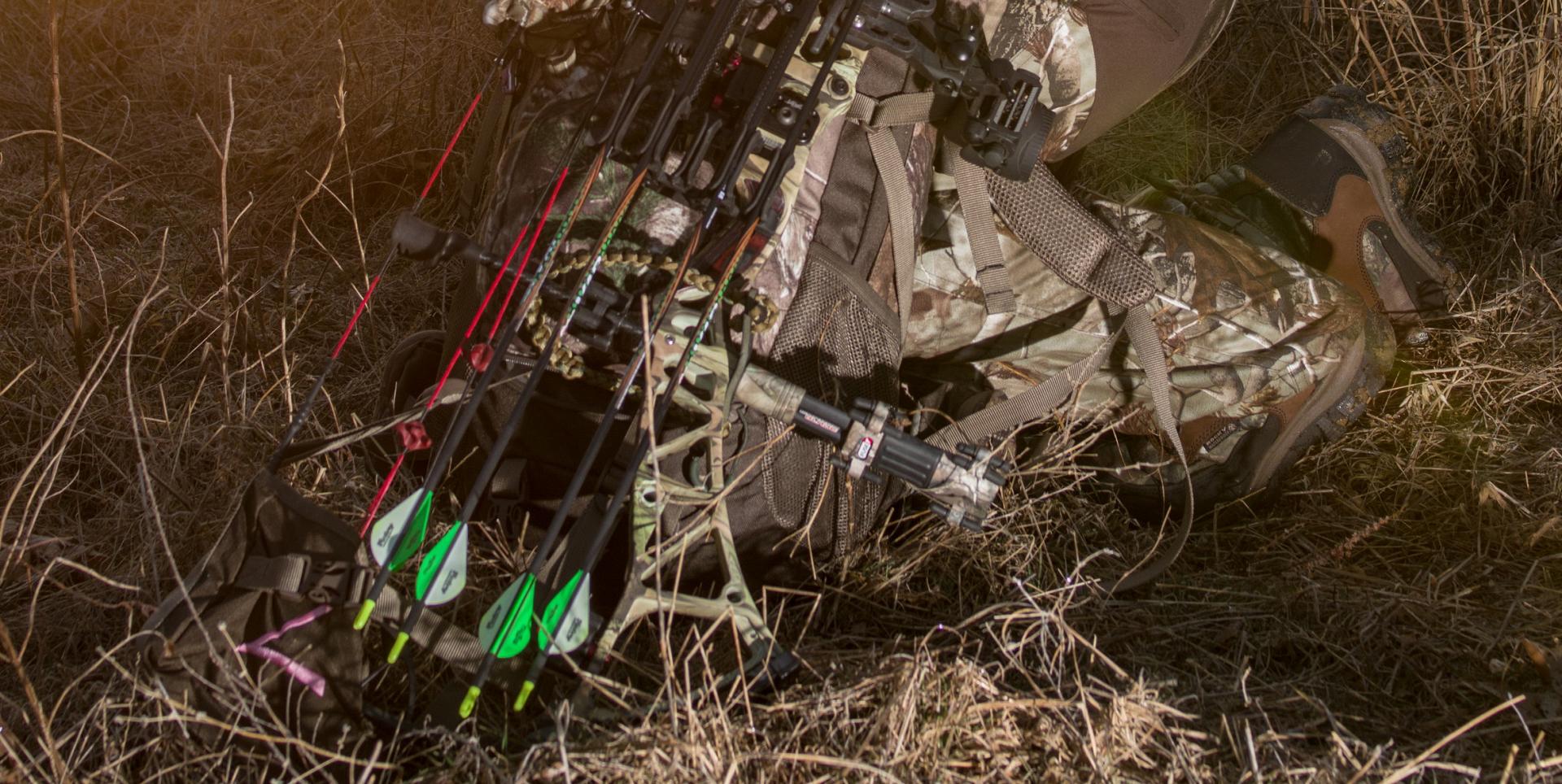Get the shaft
How to choose the right arrow for the bow and broadheads you shoot
Advertisement
Do you know how to choose the right arrow for the bow and broadheads you shoot? Modern compound bows push the envelope when it comes to speed, accuracy and consistency, with most shooting arrows at between 330 and 350 feet per second. To safely take full advantage of the tremendous energy modern bows release, however, you need to pay close attention to the arrow you select. Many hunters follow the arrow recommendations from their local archery shop, but by learning how to match arrow spine, weight and length to your specific hunting needs, you’ll have the edge you need to hit the mark every time.
Arrow Spine
Advertisement
Spine refers to an arrow’s resistance to bending, and it’s measured in two ways: when the arrow is at rest (“static spine”) and when it’s in flight (“dynamic spine”). To understand static spine, support an arrow at its two end points and hang a two-pound weight from the centre. The amount of bend at the centre point demonstrates static spine.
The materials in the arrow shaft determine an arrow’s static spine. In multi-layered arrows—a combination of carbon and aluminum—the bonding materials also contribute to the amount of stiffness. The inside diameter, cross-section shape and thickness of the material also help determine static spine.
Dynamic spine, meanwhile, is influenced by static spine, string force, and the fletching and nock weight. The flexing of an arrow will determine the amount of energy transferred from bow to arrow, as well as accuracy and consistency during flight.
Advertisement
With today’s powerful bows, shooting an arrow that doesn’t have enough spine can be dangerous, as it could shatter. To select an arrow with sufficient spine for your needs, you have to take into account your broadhead weight, bow poundage and desired arrow length (calculated from the throat of the nock to the end of the shaft). With this information, you can then consult the arrow manufacturer’s specifications chart to determine the proper model of matching arrow.
Generally, stiffer arrows are easier to tune, and if you’re having trouble with arrow flight, err on the side of selecting stiffer shafts. Weaker, lighter arrows can provide some benefit in terms of speed, but they’re harder to tune because they flex more coming off the string.
Arrow Weight
With dozens of different arrow types to choose from, hunters need to look beyond the price tag and decide which one works best for their style of hunting. If you strictly hunt from a treestand, you’d benefit from more mass in your arrow, for example. That’s because a heavier arrow pulls more energy from the bow to the arrow, making it quieter. It also transfers more energy for maximum penetration, which can be critical if you don’t make the perfect shot and need a pass-through or penetration through bone. An aluminum/carbon combination is best for this style of hunting.
If spot-and-stalk is more your style, speed is likely your biggest consideration. In this case, lighter, smaller-diameter carbon arrows provide more speed and significantly reduce wind drift. Narrow carbon shafts also have better penetration following a broadhead, given blood on the surface increases viscosity and reduces internal friction.
Arrow Length
The basic formula is this: longer arrows have weaker spine and shorter arrows have stiffer spine. For the best results, cut arrows to extend to the front of your riser at full draw, which also eliminates safety concerns. Many shooters try to optimize speed by cutting their arrows as short as possible to reduce the weight. The benefit is minimal, however, when you consider you only gain one foot per second for every three to five grains of weight reduced in your arrow. No, when it comes to arrow selection, proper flight and safety are far more important.

